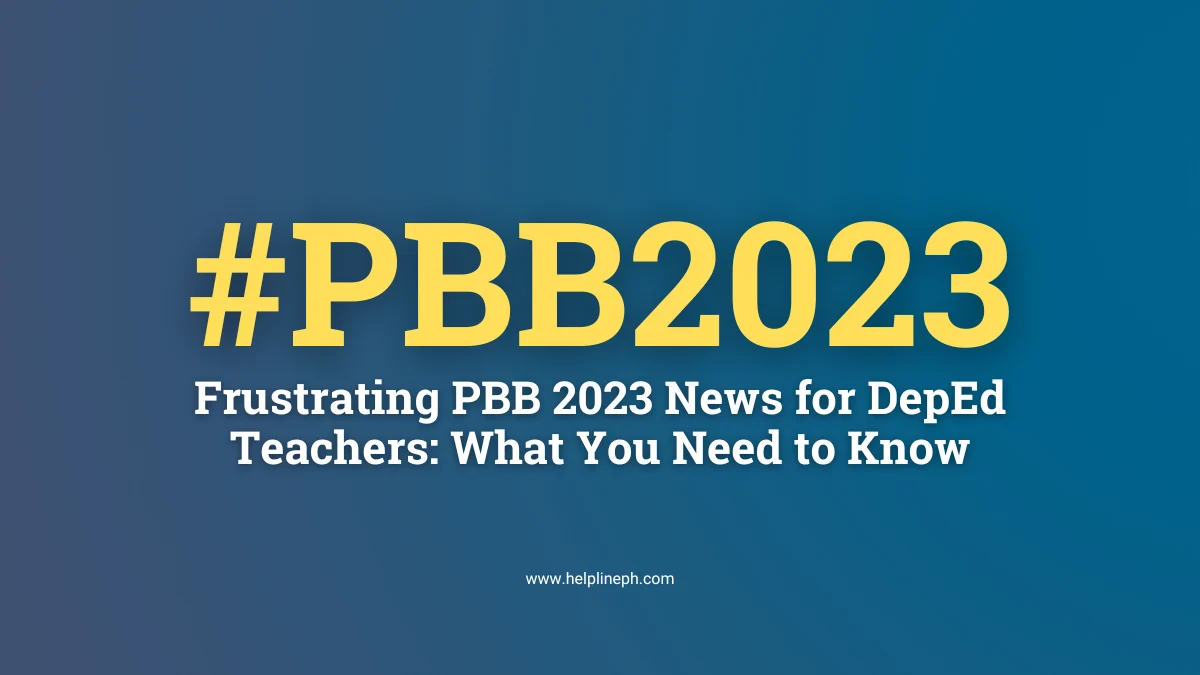Education Crisis in Focus: A Simplified Analysis of EdCom II’s Findings
In recent years, a major issue has come to light in our country’s education system. The Second Congressional Commission on Education, also known as EdCom II, has confirmed a troubling fact: we are facing a severe and deeply rooted education crisis. This problem isn’t new; it’s been around for decades, but it’s now reaching a critical point.
EdCom II’s first report provides a detailed look at this crisis, using data from 60 figures and 38 tables. This information comes from reliable sources both within our country and internationally, highlighting that this is not just a local issue but a global one.
The report makes a direct link between our current education problems and those identified over 30 years ago by the First Congressional Commission on Education. These issues span the entire education system, from early childhood care, where children face malnutrition and lack of support, to higher education, where there are governance issues and challenges with vocational and technical training.
One of the key takeaways from EdCom II is its 27 priority recommendations and 40 action points. These are not quick fixes but long-term strategies. The report encourages us to move away from simple solutions like passing new laws or increasing budgets. Despite many new laws and significant investments over the past 50 years, the crisis has only worsened, especially when looking at learning outcomes.
For example, the government allocated a huge budget for textbooks and instructional materials for Kinder to Grade 10, but only a fraction of this budget was actually used. The report also highlights that 95% of Grade 4 students in a 2019 study lacked essential learning materials. Similarly, even though the budget for the Commission on Higher Education increased significantly, the number of staff positions didn’t keep pace, leading to staff shortages.
EdCom II also points out the issue with the proliferation of coordinating bodies in education. The separation of the CHEd and the Technical Education and Skills Development Authority from the Department of Education has led to uncoordinated and fragmented efforts in the education sector. The report identifies at least 68 national level interagency coordinating bodies, which complicate the situation further.
Interestingly, the report isn’t about placing blame but about understanding the depth of the crisis and establishing a strong accountability framework. It highlights the need for clear, often quantitative targets in education laws. For instance, a law mandates a health center for each barangay, but only 36% of barangays meet this requirement. This lack of compliance and oversight continues to hamper educational progress.
Accountability in policy decisions is a critical area the report touches upon. Governments must balance access, equity, quality, and sustainability in education. For example, the report discusses the shift in budget allocation towards tertiary education and the impacts of free college education, which may not always target those in need and can lead to sustainability problems.
In conclusion, EdCom II’s report sheds light on the missed targets and implementation errors in our education system. It’s a call to action for more deliberate and responsible management of our education policies and systems. Addressing these deep-rooted issues is essential for avoiding a massive educational failure for which no one seems accountable.






